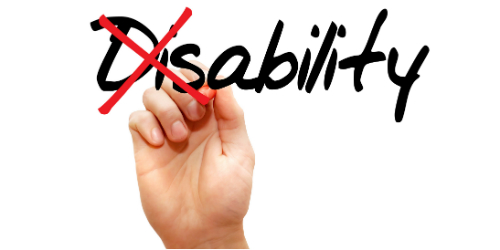Disability Awareness and Etiquette

Positive communication begins with respect, knowledge, and a desire to foster good will. Proper etiquette goes a long way toward achieving these goals.
If you are unsure about the best way to communicate with an individual who has a disability, ask them what may be most effective. Sometimes, it is just that easy!
This page is intended to provide information and resources on how to make communication with people who have disabilities more positive and more effective.
10 Commandments of Communicating with People with Disabilities
Following are general rules of good communication and common courtesy from the California Department of Rehabilitation:
- Speak directly.
- Offer to shake hands when introduced.
- Always identify yourself and others.
- If you offer assistance, wait until the offer is accepted.
See the remaining rules of good communication at the Department of Rehabilitation
Writing For and About People with Disabilities
When writing about people with disabilities, you are in a unique position to shape the public image of people with disabilities. The words and images you use can create either a straightforward, positive view of people with disabilities or an insensitive portrayal that reinforces common myths and is a form of discrimination.
Learn more at Department of Rehabilitation
 Translate
Translate